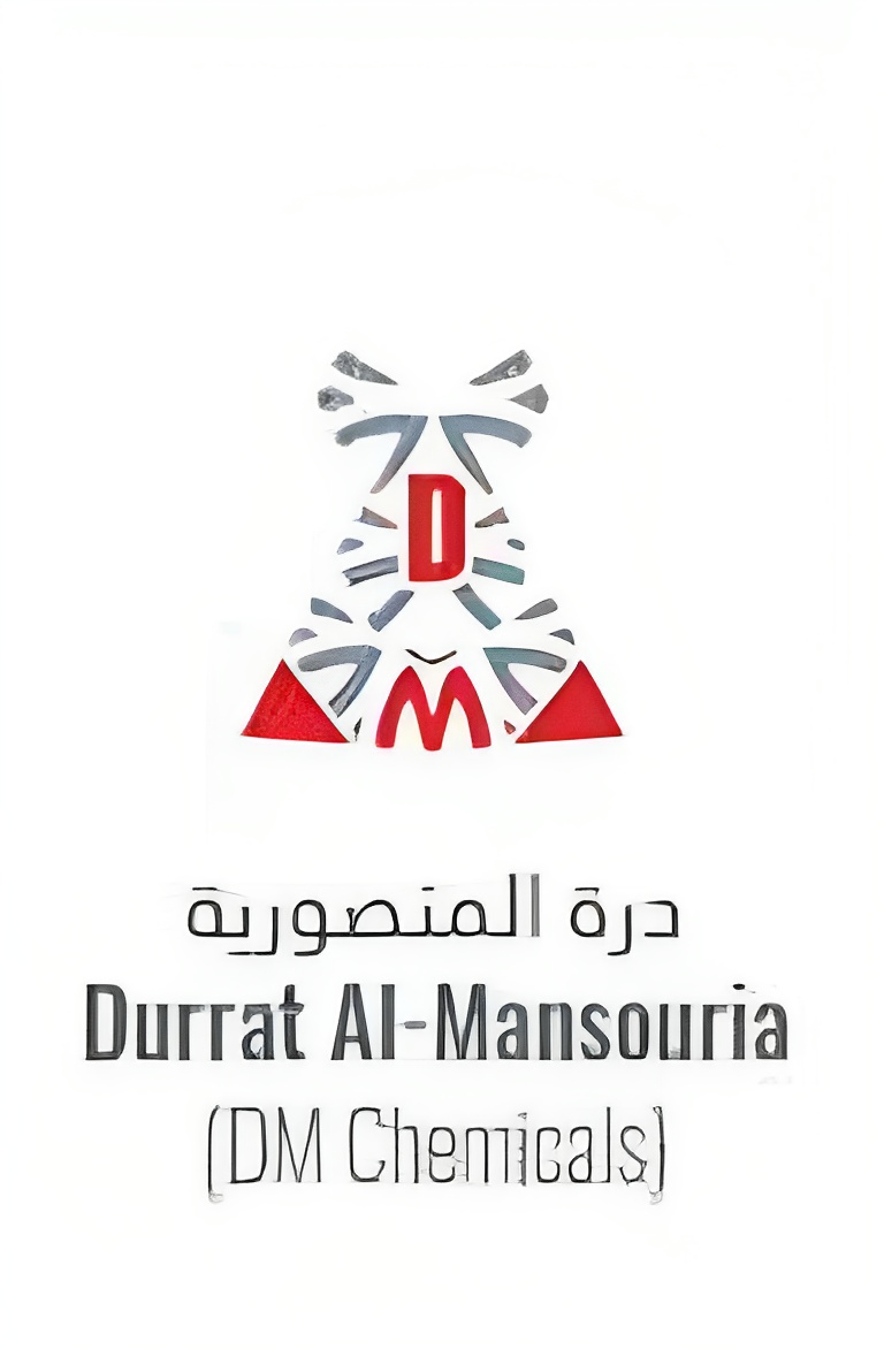DURRA®
volcanic Ash
The most consistent component of the concrete composite, creating a reliable product that provides cost savings to our customers while increasing the strength and durability of the concrete. Durra Fly Ash is a sustainable building product that can contribute to certified building projects.
Our customers draw on our in-house sales staff for advice and assistance on admixture chemistry, cement chemistry, concrete chemistry, and on mix optimization.
.
Why use?
D U R R A ® Volcanic Ash
For concrete industry users and specifiers, Separation Technologies and durra fly ash, provide a consistent, much-needed raw material to improve concrete and lower Portland cement needs and CO2 emissions per unit produced.


Fly Ash is an environmentally friendly solution that meets or exceeds performance specifications.


Fly Ash is an environmentally friendly solution that meets or exceeds performance specifications.
For each ton of Volcanic Ash used:


Enough energy is saved to provide electricity to a home for 24hrs.


Landfill space saved equals approximately 450 days worth of trash produced by the average American..


Enough energy is saved to provide electricity to a home for 24hrs.
The Benefits of Using
Volcanic Ash
Concrete in its hardened state
— with fly ash —
shows improved performance with:
🔵 Greater strength. Fly ash increases in strength over time, continuing to combine with free lime.
🔵 Decreased permeability. Increased density and long-term pozzolanic action of fly ash, which ties up free lime, results in fewer bleed channels and decreases permeability.
🔵 Increased durability. The lower permeability of concrete with fly ash also helps keep aggressive compounds on the surface, where destructive action is lessened. Fly ash concrete is also more resistant to attack by sulfate, mild acid, and soft (lime hungry) water.
🔵 Reduced alkali-silica reactivity. Fly ash combines with alkalis from cement that might otherwise combine with silica from aggregates, thereby preventing destructive expansion.
🔵 Reduced heat of hydration. The pozzolanic reaction between fly ash and lime generates less heat, resulting in reduced thermal cracking when fly ash is used to replace a percentage of Portland Cement.
🔵 Reduced efflorescence. Fly ash chemically binds free lime and salts that can create efflorescence. The lower permeability of concrete with fly ash can help to hold efflorescence-producing compounds inside the concrete.
🔵 The ball-bearing effect of fly ash in concrete creates a lubricating action when concrete is in its plastic state. This means:
🔵 Increased workability. Concrete is easier to place with less effort, responding better to vibration to fill forms more completely.
🔵 Increased ease of pumping. Pumping requires less energy; longer pumping distances are possible.
🔵 Improved finishing. Sharp, clear architectural definition is easier to achieve, with less worry about in-place integrity.
🔵 Reduced bleeding. Fewer bleed channels decreases porosity and chemical attack. Bleed streaking is reduced for architectural finishes. Improved paste to aggregate contact results in enhanced bond strengths.
🔵 Reduced segregation. Improved cohesiveness of fly ash concrete reduces segregation that can lead to rock pockets.
Reduced slump loss. More dependable concrete allows for greater working time, especially in hot weather.





